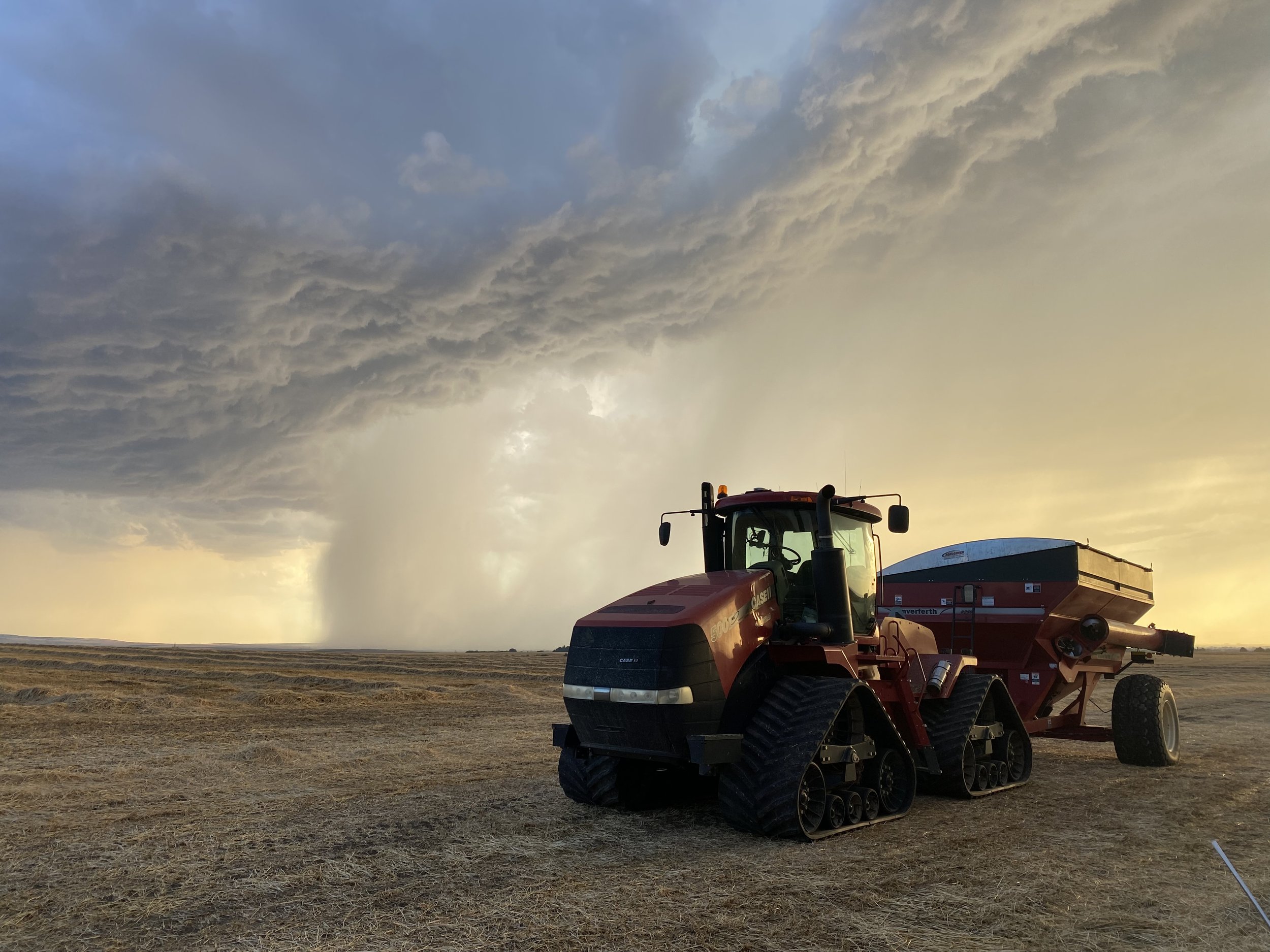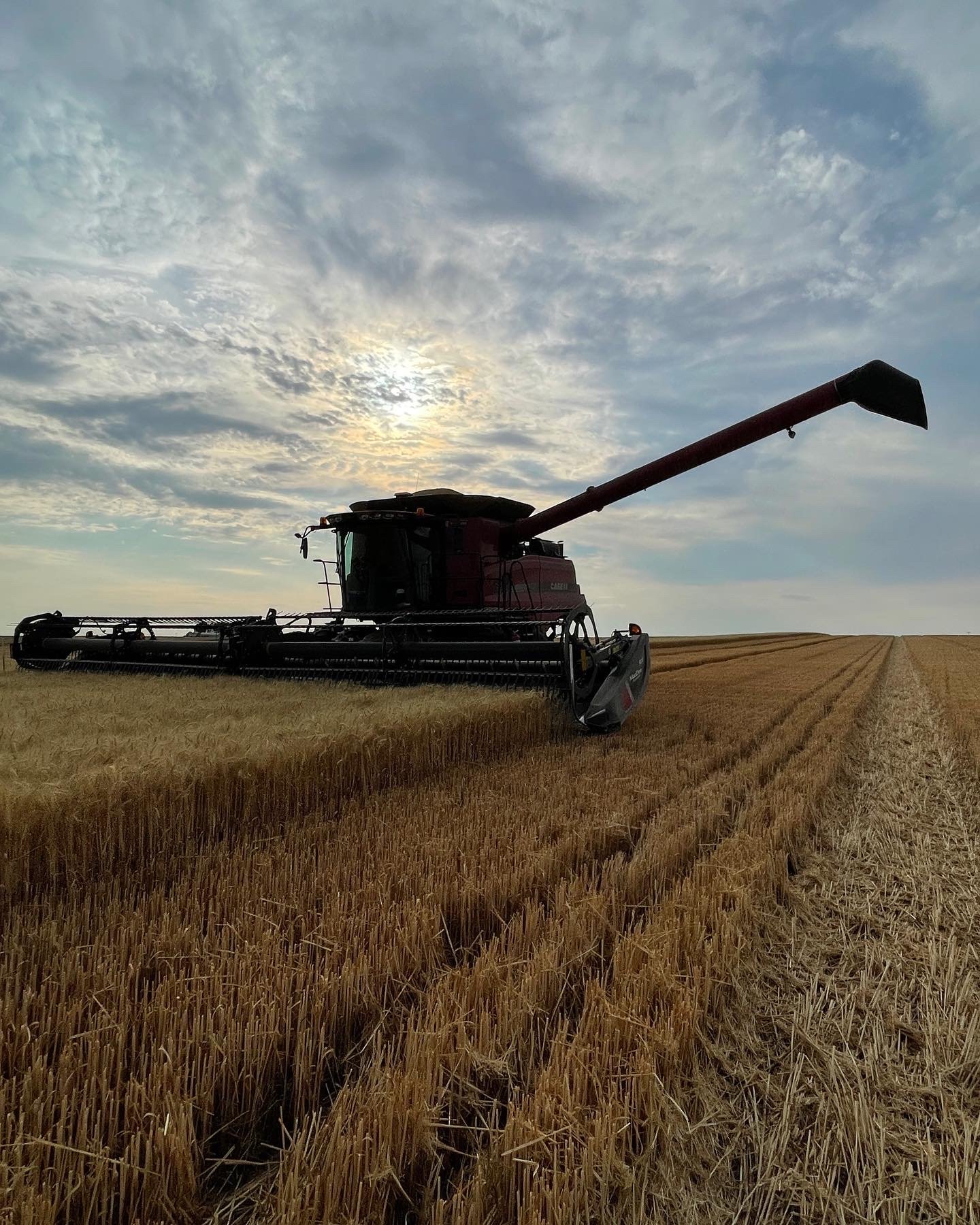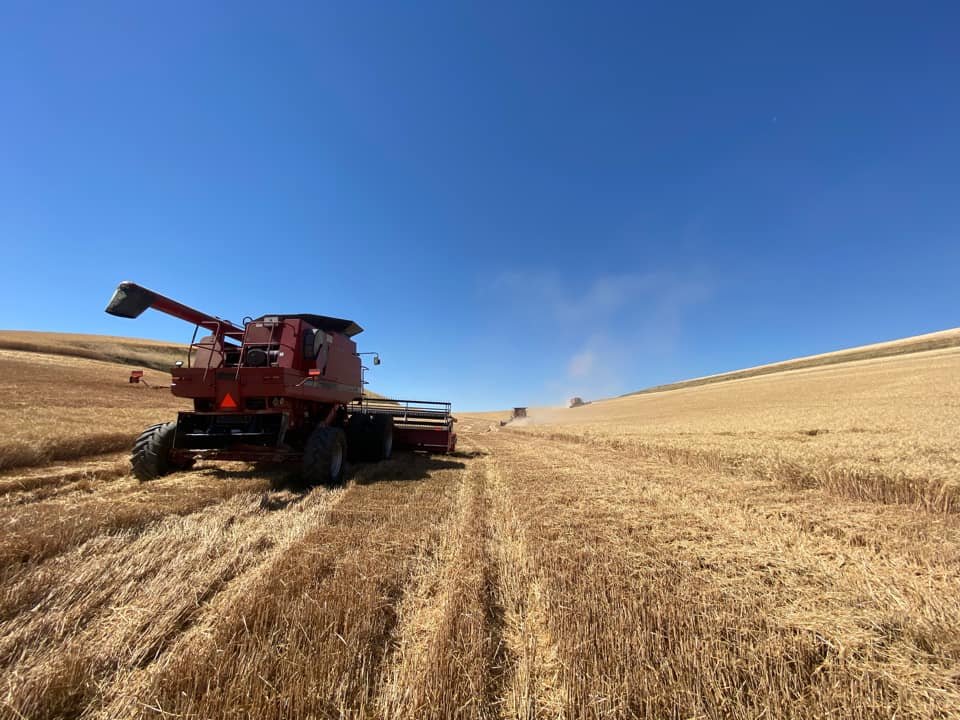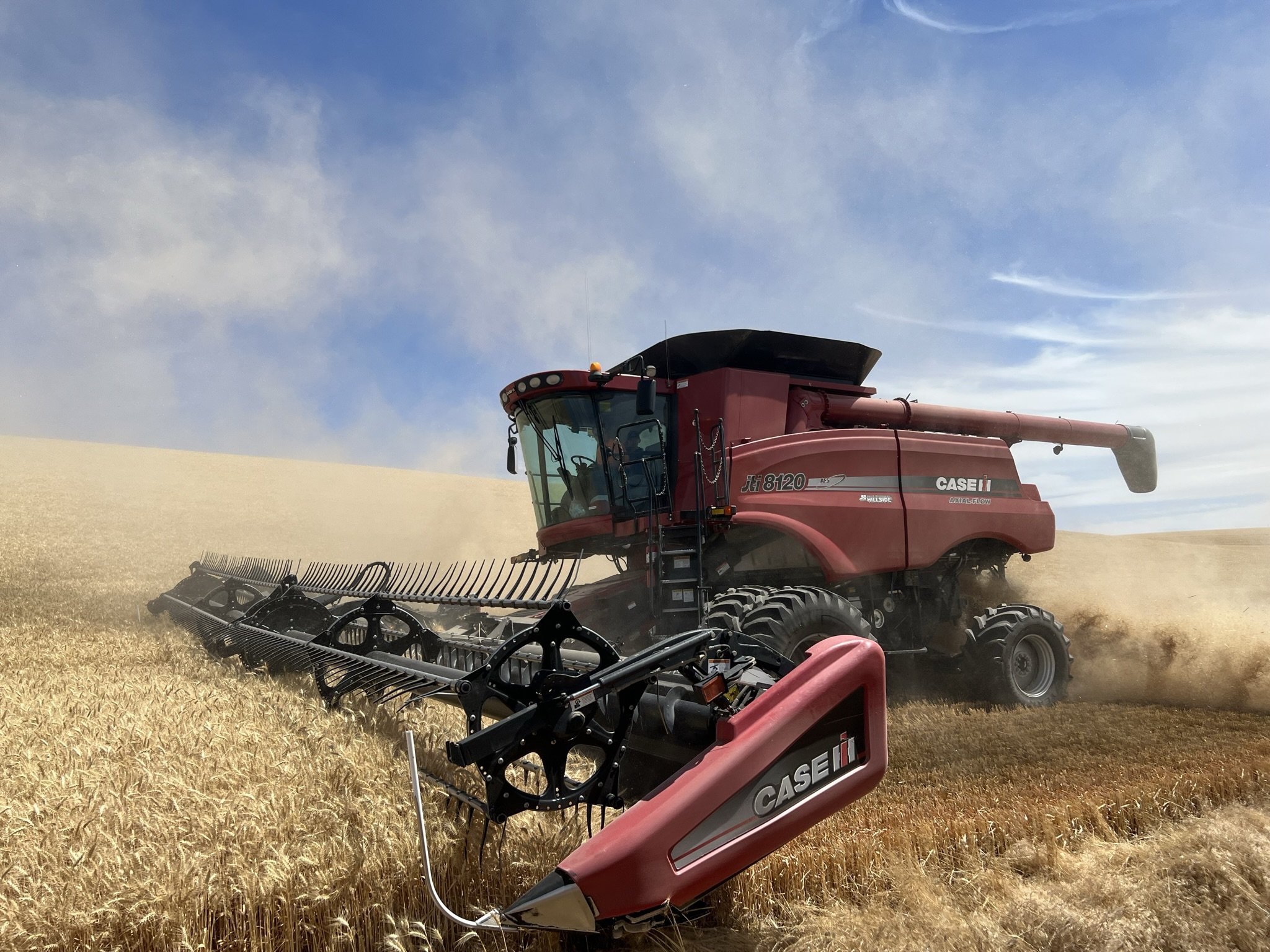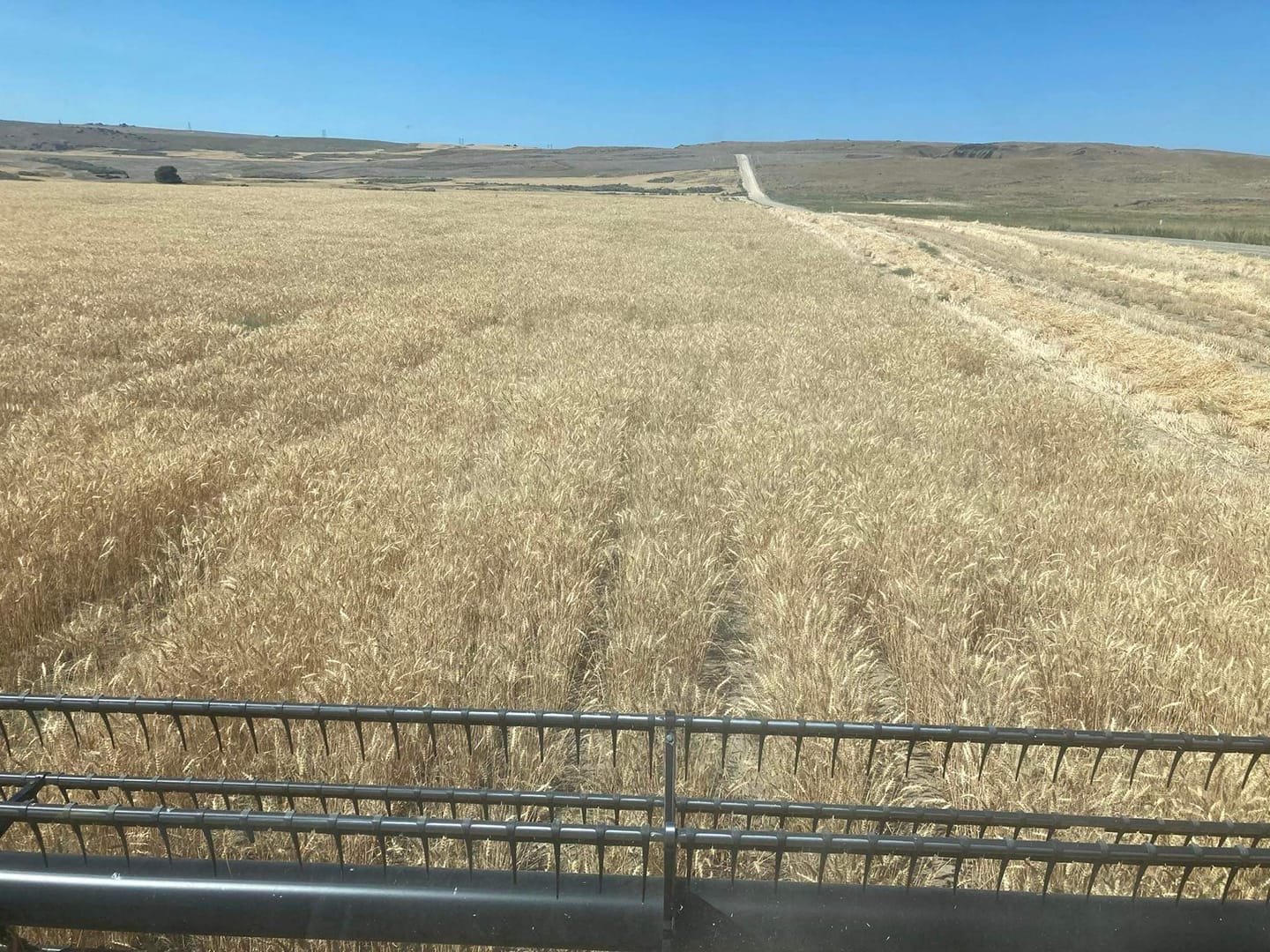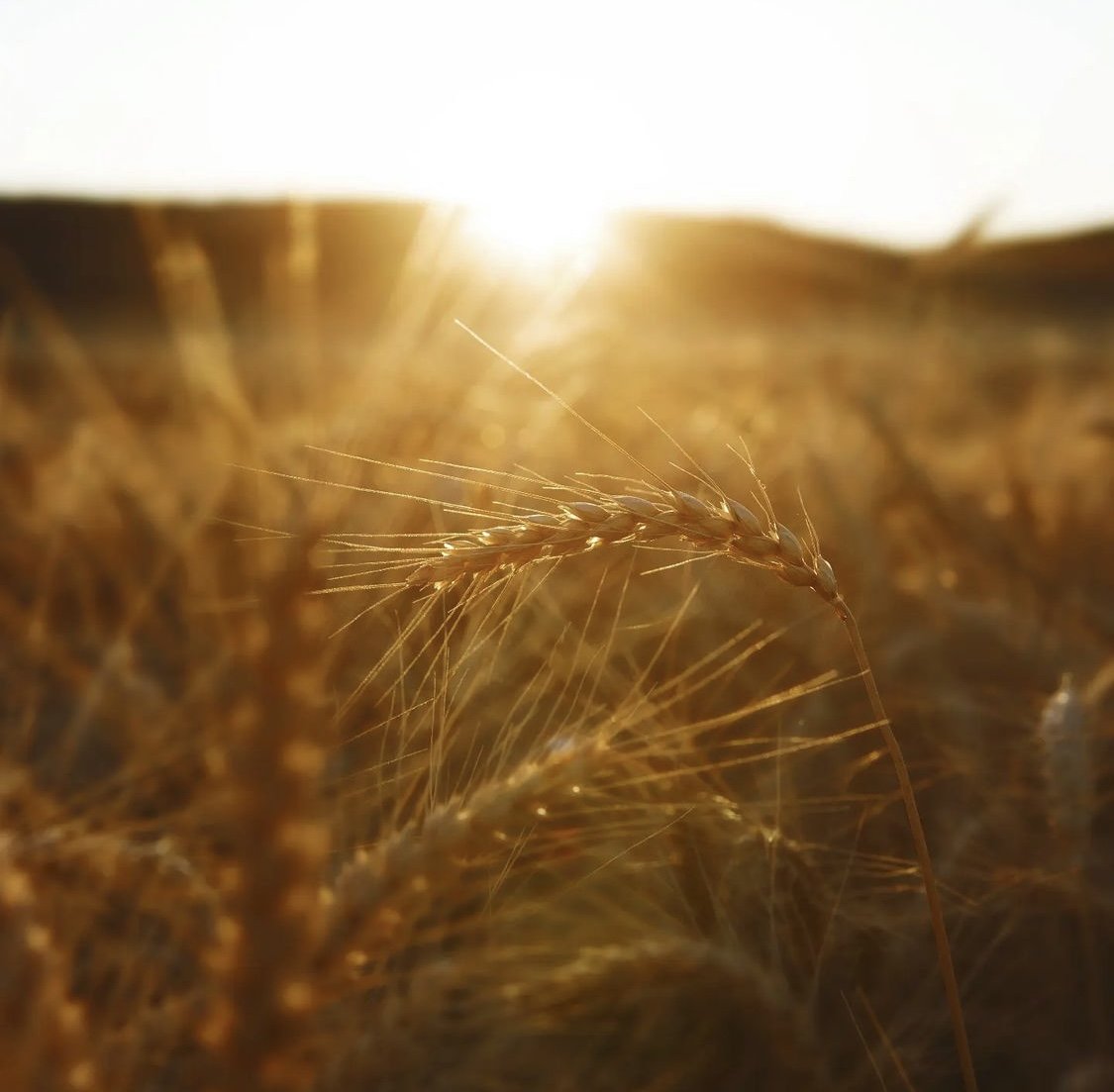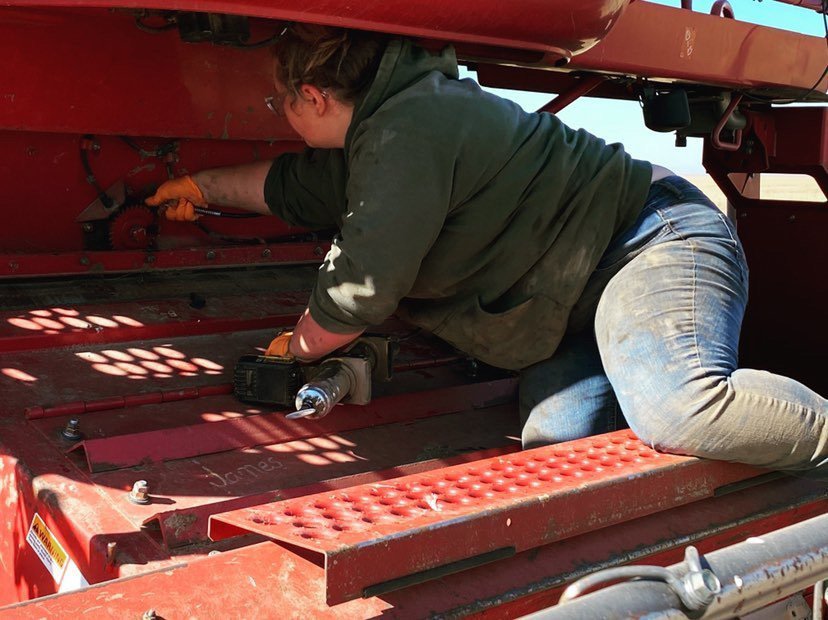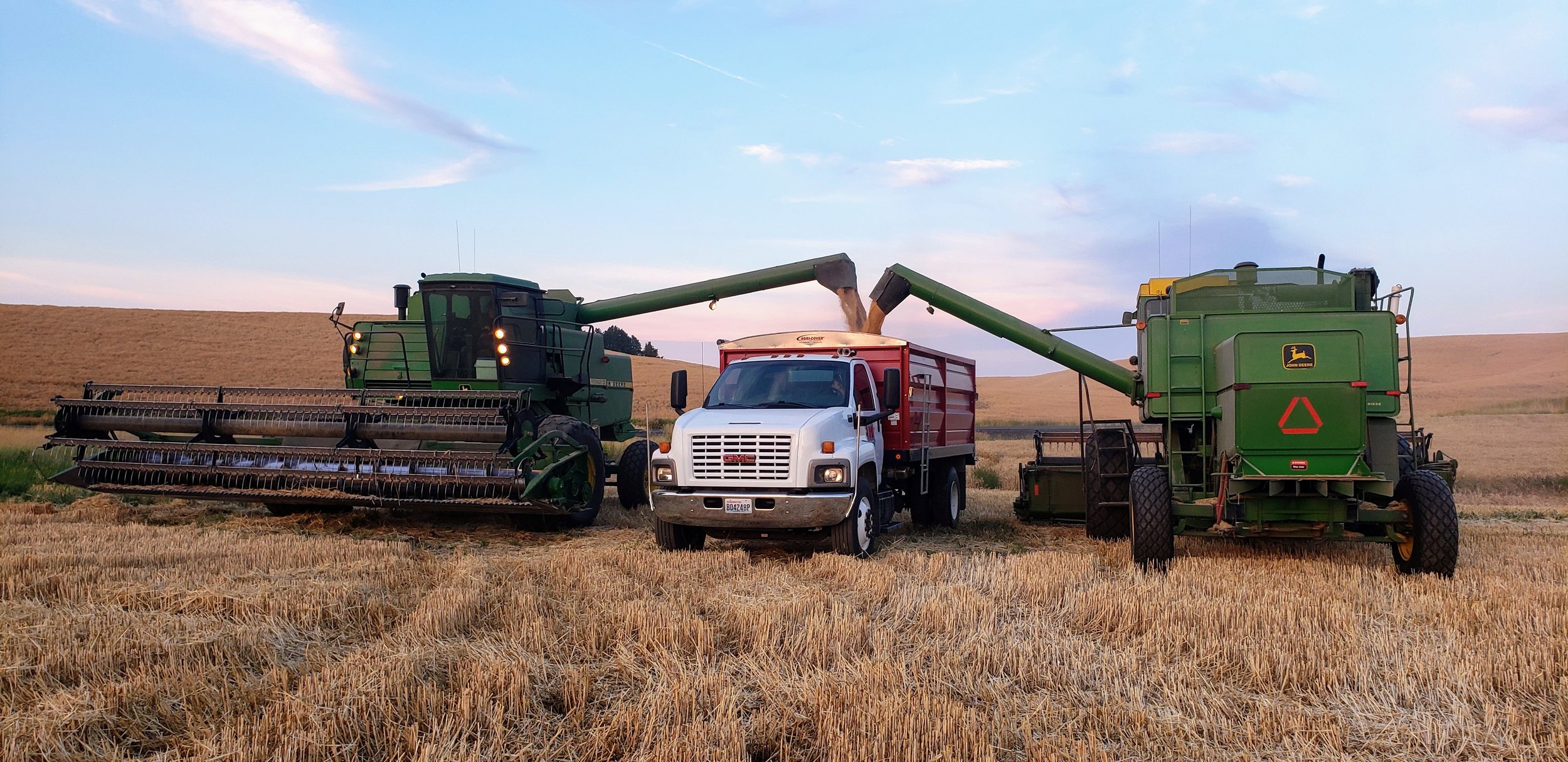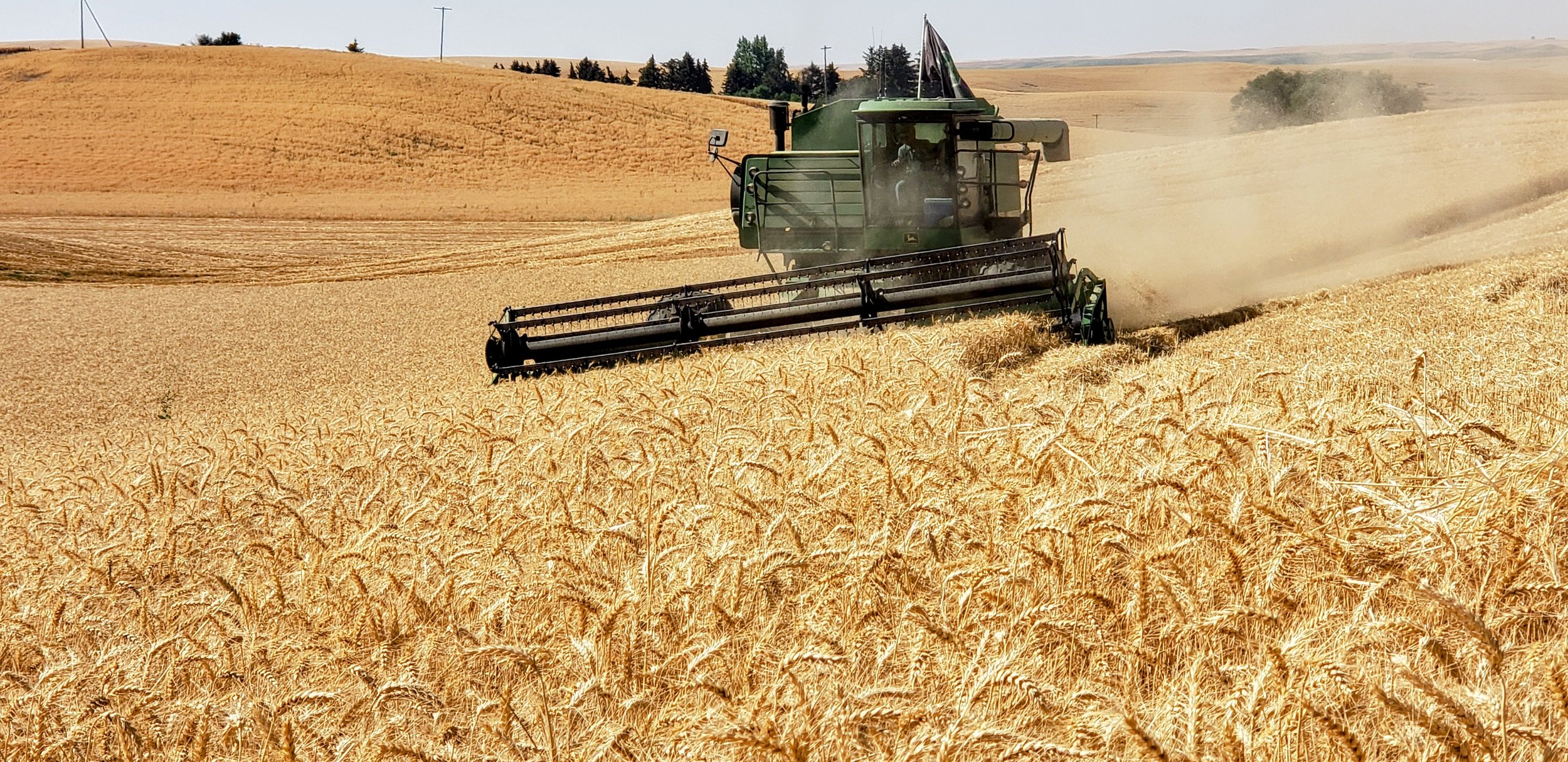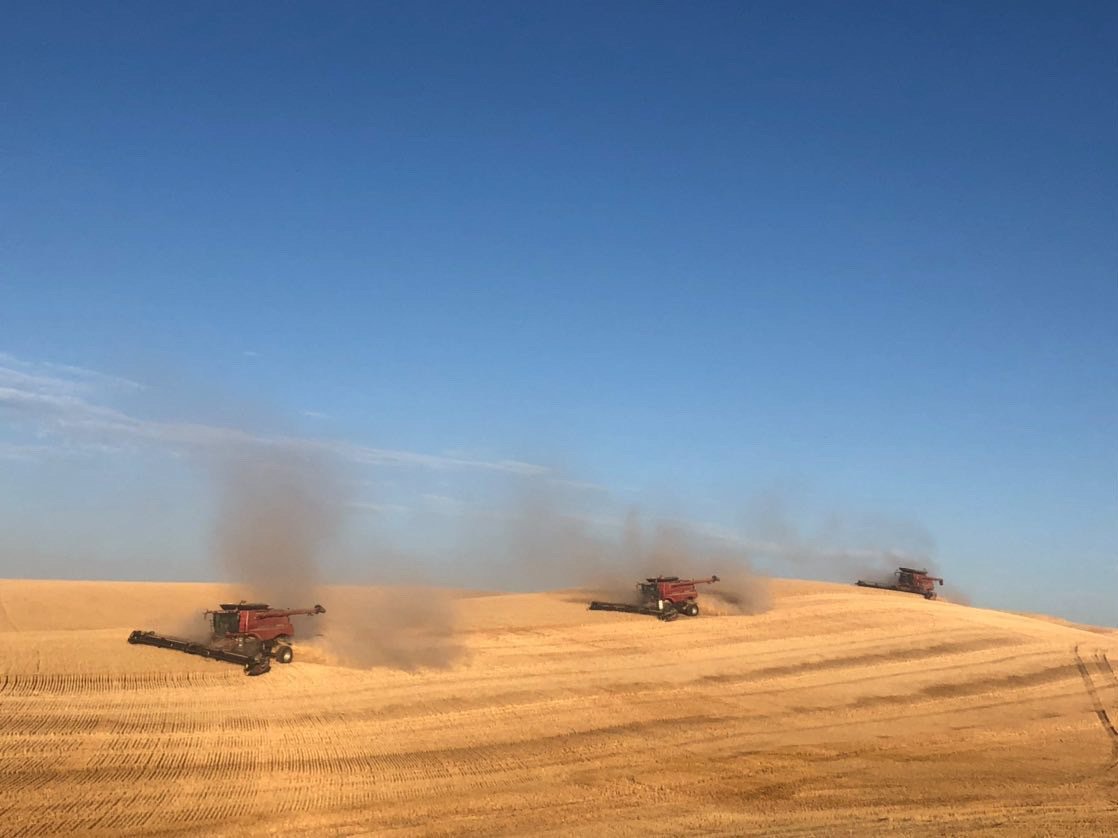Wheat harvest is well underway across Washington's wheat-growing regions. This is good news for growers, who had a tough season in 2021 and feared the same would be true this year. But thanks to heavy spring moisture, they've seen higher yields than they expected.
While farmers are still excited that they're harvesting a good crop, they're also very aware of external factors that will impact profit margins: namely, high input costs and a global grain shortage.
Washington’s wheat farmers have had it tough over the last couple of seasons with challenging growing conditions and prices.
Many factors have contributed to this, including weather conditions (e.g., rain/no rain), transportation costs for moving products from farm to markets, and changes in demand for food products due to consumer tastes shifting away from wheat-based foods.
Growers in the state are seeing higher yields than last year, but profit margins will be slim.
After devastating droughts last year, farmers were worried about the 2022 growing season. But thanks to heavy spring moisture, this harvest has seen higher yields than they expected.
Moisture conditions have also been much better in recent months due to an exceptionally wet winter and spring in many parts of Washington State (and beyond). The Washington State Department of Agriculture (WSDA) estimates that rainfall this April through June was double what it usually is at this time of year (nearly 20 inches), which helped make up for some lost yield potential due to lack of soil moisture during plant growth stages earlier on in the season.
USDA CROP REPORT
While farmers are still excited that they're harvesting a good crop, they're also very aware of external factors that will impact profit margins.
"The first thing we have to look at when talking about profitability is input costs," says Mike O'Brien, who farms in Ellensburg with his wife and two children. "We've already seen increases in nitrogen fertilizer prices this year and there's concern that more are on the way."
On top of that, farmers have concerns about whether or not the global wheat supply will be adequate to meet demand this summer and fall, which could affect prices for their crops as well as their competitors.
There are many factors affecting farmers' bottom line, this harvest, and future harvests.
Click on the sections below to dig a little deeper into the issues impacting Washington's wheat farmers.
Rising Input Cost
Ukraine Wheat Shortage
Snake River Dams
Harvest is well on its way to completion across Washington's wheat-growing regions. The optimism for the end of harvest—despite challenges—remains high for wheat growers in Washington.
The National Agriculture Statistics Service (NASS) reports over 85 percent of Washington's wheat crop has been harvested, with growers in the eastern portions of the state finishing harvest first and those in the western region continuing their harvests.
But work is never truly done on the farm, and many growers are starting in on seeding winter wheat for the 2023 growing season, with expectations for a high-moisture winter.
“We’ll be keeping a close eye on the weather over the next few weeks,” says Mike McGinnis, a farmer in Benton County. “We don't want much rain or snow between now and when we're ready to start seeding. But if we can get in the field before Mother Nature throws us a curve ball, we should have an excellent crop next year too!"
Check out these awesome harvest pictures straight
from the wheat fields of Washington!
